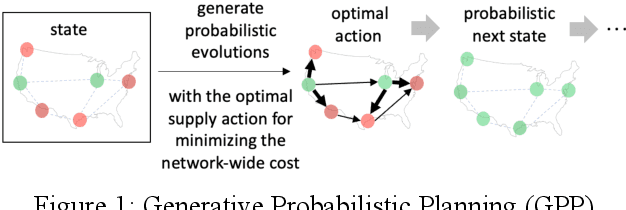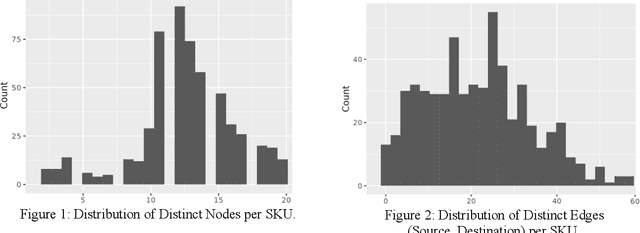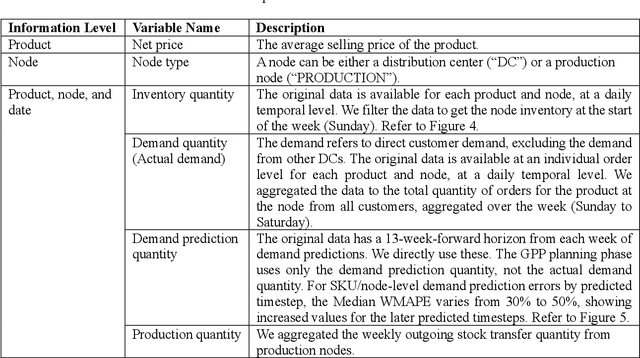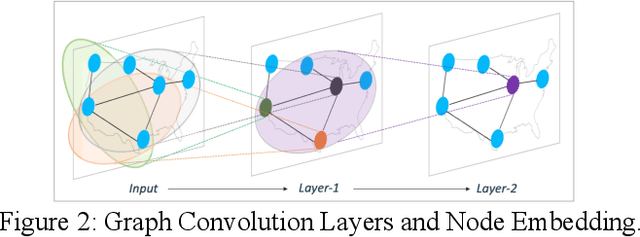Generative Probabilistic Planning for Optimizing Supply Chain Networks
Paper and Code
Apr 11, 2024



Supply chain networks in enterprises are typically composed of complex topological graphs involving various types of nodes and edges, accommodating numerous products with considerable demand and supply variability. However, as supply chain networks expand in size and complexity, traditional supply chain planning methods (e.g., those found in heuristic rule-based and operations research-based systems) tend to become locally optimal or lack computational scalability, resulting in substantial imbalances between supply and demand across nodes in the network. This paper introduces a novel Generative AI technique, which we call Generative Probabilistic Planning (GPP). GPP generates dynamic supply action plans that are globally optimized across all network nodes over the time horizon for changing objectives like maximizing profits or service levels, factoring in time-varying probabilistic demand, lead time, and production conditions. GPP leverages attention-based graph neural networks (GNN), offline deep reinforcement learning (Offline RL), and policy simulations to train generative policy models and create optimal plans through probabilistic simulations, effectively accounting for various uncertainties. Our experiments using historical data from a global consumer goods company with complex supply chain networks demonstrate that GPP accomplishes objective-adaptable, probabilistically resilient, and dynamic planning for supply chain networks, leading to significant improvements in performance and profitability for enterprises. Our work plays a pivotal role in shaping the trajectory of AI adoption within the supply chain domain.
 Add to Chrome
Add to Chrome Add to Firefox
Add to Firefox Add to Edge
Add to Edge